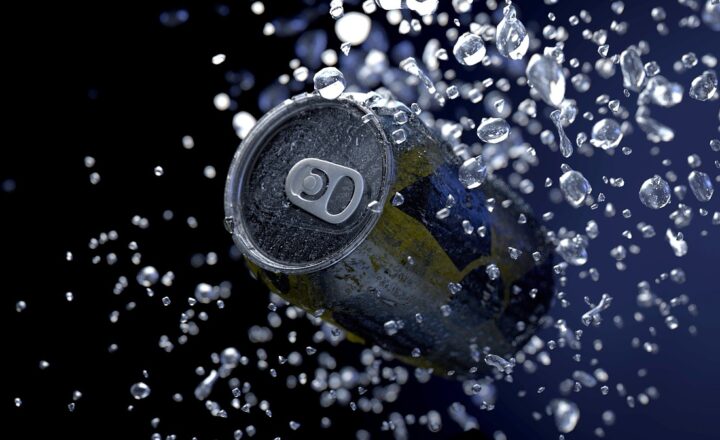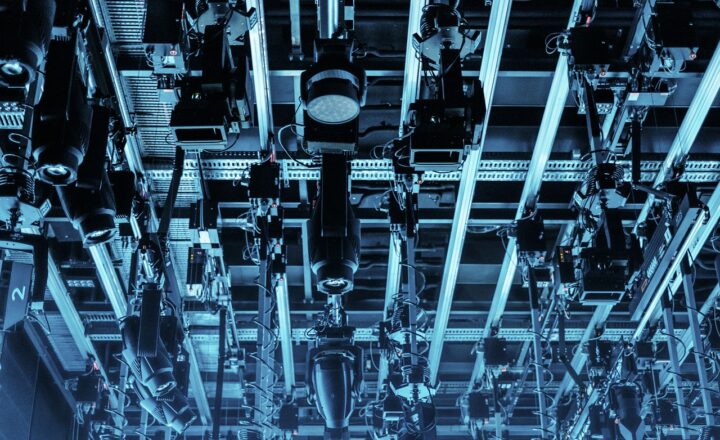
3D modeling is an integral part of the digital arts, appearing across industries from gaming and film to architecture and design. However, creating a truly convincing 3D model goes beyond merely constructing the shapes; it requires a skilled approach to texturing. Textures breathe life into models, allowing them to interact with light, create realism, and evoke emotion. In this article, we will explore advanced 3D texturing techniques that will help you achieve jaw-dropping realism in your models.
1. Understanding the Basics of Texturing
Before delving into advanced techniques, it’s crucial to grasp what texturing entails. Texturing is the process of applying surface qualities—colors, patterns, and details—to a 3D model. It encompasses various map types, including:
- Diffuse Map: Provides the primary color details of the surface.
- Normal Map: Simulates small surface details, affecting how light interacts without changing the model’s geometry.
- Specular Map: Controls the shininess and reflectivity of the surface.
- Bump Map: Adds depth to flat surfaces, giving the illusion of texture.
Understanding these maps will set a solid foundation for mastering 3D texturing.
2. Texturing Techniques for Realism
Now let’s dive into actual techniques that can transform your textures and enhance realism in your 3D models:
2.1. UV Unwrapping – The Essential First Step
UV unwrapping is the process of mapping a 3D model’s surface into a 2D space, allowing textures to be applied accurately. This technique is essential for ensuring that your textures wrap around your model without distortion.
To perform UV unwrapping:
- Select the model in your 3D software and enter UV Editing mode.
- Begin with a simple and clean layout, aligning seams where they would be less visible.
- Utilize tools to straighten and distribute UV islands for even texture application.
- Export the UV layout for painting textures in software like Photoshop or GIMP.
Proper UV unwrapping is half the battle in creating realistic models. After all, a well-placed texture is more effective than a perfect one placed poorly!
2.2. Painting Textures – Bringing Your Model to Life
With your UV layout ready, the next step is painting textures. Leveraging software like Substance Painter or Adobe Photoshop allows for advanced texture detailing. You can:
- Use Real Photos: Incorporate high-resolution photographs as texture maps for more realistic surfaces.
- Layering Techniques: Build textures in layers, similar to how a real surface would develop wear and tear over time.
- Utilize Custom Brushes: Create custom brushes that mimic natural textures like wood, stone, or fabric.
- Stay Aware of Experimentation: Don’t hesitate to experiment with color blending modes and opacity for depth.
The result is a vivid texture that can convey material composition effectively.
2.3. Adding Realistic Details with Normal Maps
Normal maps are essential for creating the illusion of depth without modifying the model’s geometry. They can replicate intricate surfaces like grooves, patterns, and other small details, allowing your model to appear more complex.
When creating normal maps:
- Use high-poly models to bake normal maps that represent details from the high-resolution model.
- Edit normal maps in software like CrazyBump or Nvidia Texture Tools for fine-tuning.
- Ensure lighting is set up correctly in your 3D scene to visualize how the normal map affects your model.
Incorporating normal maps will elevate your texturing game by making surfaces feel tangible.
2.4. Using Substance Designer for Advanced Texturing
Substance Designer is a powerful tool that allows artists to create complex, customizable textures procedurally. It provides:
- Parametric Control: Adjust texture attributes dynamically, ensuring adaptability to various models.
- Material Blending: Combine multiple textures efficiently for hybrid surface effects.
- Real-time Previewing: Visualize how your textures will appear in numerous lighting conditions before applying them to your model.
The procedural nature of Substance Designer opens endless creative possibilities, making it an essential tool for any 3D artist.
3. Good Practices in 3D Texturing
While mastering the techniques themselves is paramount, practicing good texture management and workflow is equally important:
3.1. Organize Your Assets
Create a structured folder system for your textures, models, and images. This will make it easier to locate assets quickly and reduce working time.
3.2. Consistent Workflow
Maintaining a consistent workflow and clear documentation is vital. Documenting the stages of your texturing process ensures you can repeat or adapt methods for future projects.
3.3. Test in Different Lighting Scenarios
Textures can look drastically different under various lighting conditions. Always test your models in multiple scenarios to ensure that your textures react appropriately.
Conclusion
Incorporating these texturing techniques into your 3D modeling workflow will yield more realistic and engaging results. Whether it’s through mastering UV unwrapping or leveraging advanced software like Substance Painter and Designer, the key lies in understanding and manipulating textures effectively. As technology and software evolve, continuous learning and experimentation remain crucial to staying at the forefront of 3D art. So dive in, explore, and let your creativity flow as you master the art of 3D texturing!







